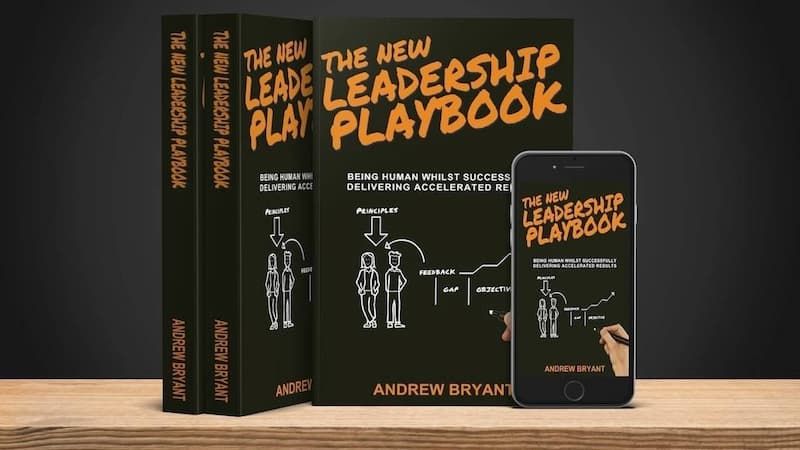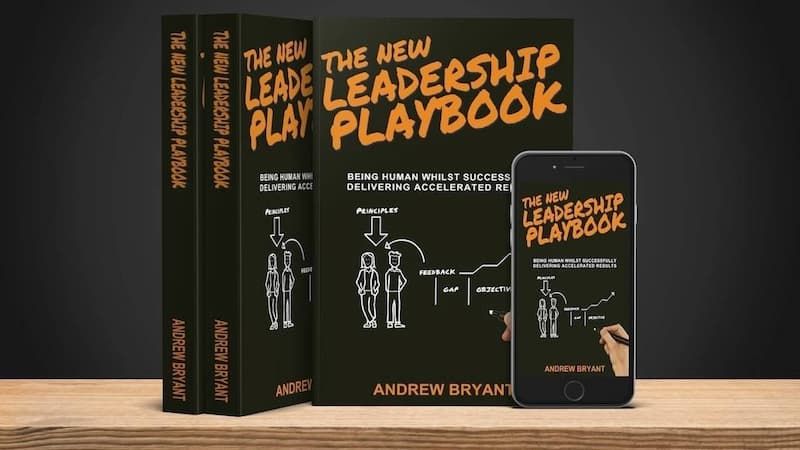Ditch the Leadership Clichés: It’s time to Embrace Nuance

In a world that craves simplicity and instant gratification, it can be hard to ditch the comforting black-and-white leadership mantras and clichés, but they are a thing of the past or should be.
The present Global complexity demands leaders who can navigate the gray, and understand the importance of nuance. Leadership is no longer about being the loudest voice in the room or always having the answers. It's about embracing ambiguity, understanding the subtleties of human behavior, and recognizing that success often lies in considering a new perspective.
Imagine, if you will a tightrope walker on a cable strung between two city blocks. He or she must be confident in their ability whilst at the same time accounting for the wind and movement of the cable. The act of balancing and moving forward requires a laser focus on the destination while being present swaying back and forth above a potentially fatal drop. The tightrope walker cannot say, I will shift my weight to the right, they must feel the situation in the moment and respond accordingly.
I am the author of Self Leadership: How to Become a More Successful, Efficient and Effective Leader from The Inside Out (2012), as well as The New Leadership Playbook: Being Human Whilst Successfully Delivering Accelerated Results (2022). Research for these books and the coaching and mentoring I have conducted for senior leaders over the last 25 years have given me an appreciation for nuance and I see it as a critical success factor in today’s business environment.
This article is a positive provocation to delve deeper into the intricacies of the process we call leadership and to reject ignorant certainty in favor of more nuanced approaches. I will explore three nuanced approaches that can enhance leadership.
- Realistic Optimism
- Constructive Vulnerability
- Confident Humility
Realistic Optimism: No More Sugarcoating
I'm sure you've had well-meaning supporters tell you, "Stay positive! Everything will be alright!" But let's face it, blind optimism is just as dangerous as relentless pessimism. It's time to strike a balance.
Sarah, a CEO I once coached, faced a significant challenge when her company's primary product faced obsolescence. Sarah didn't just paint on a smile and hope for the best. She faced the brutal facts, looked at worst-case scenarios, and then collaborated with her team to pivot with a groundbreaking solution. That's realistic optimism. It's not about seeing the world through rose-tinted glasses; it's about confronting challenges head-on and still holding the faith that you will prevail.
“Failure is not an option” is a great rallying cry but the leader must consider the risks and possible failures of every major decision. Astronaut training builds failure into their simulation training. What do you do when you are descending to the planet and one of your thrusters goes offline?
The whole world experienced such an event in 2020 when Covid-19 disrupted supply chains, shut offices, and locked us in our homes. Some leaders were overly optimistic and acted as if it would just go away, whilst others hunkered down and found creative ways to do business under the circumstances.
Post the pandemic, many have reevaluated their approach to work-life balance, and whilst that is laudable, the harsh reality is that bills still need to be paid, and we can’t all sit on a beach and be social media influencers.
Realistic optimism is the courage to see the world as it is, not as we wish it to be, and then charting a course forward with hope and determination.
Constructive Vulnerability: Drop the Superman Act
 The invincible leader is a myth and an act. We are all vulnerable but rather than a weakness, when properly shared, it can be a strength that builds trust.
The invincible leader is a myth and an act. We are all vulnerable but rather than a weakness, when properly shared, it can be a strength that builds trust.
In my work with Executive Leadership Teams (ELTs), I facilitate members sharing their soft underbelly, starting with the CEO. This exercise has to be conducted after carefully establishing psychological safety because everyone is carrying some present or past hurt.
After vulnerabilities are safely shared, the resulting trust means that there is no longer any need for masks or facades, and the team can focus on supporting each other to achieve the group’s objectives.
Such vulnerability is constructive, it humanizes the leader and encourages followership, whereas oversharing clearly doesn’t. The line for how much to share depends on the context but realize that vulnerability isn't a weakness; it's a superpower. Use it.
I remember witnessing a powerful example of this from a CEO client who shared a story of investing $1 million in a project that failed. He wanted his people to take ownership, and make decisions without escalating everything to their manager but recognized that they were afraid to fail. His story of failure showed vulnerability and gave them permission to take on more responsibility. He finished his speech with, “It’s OK to make mistakes, just don’t make yours as big as mine!”.
The ancient Japanese art of Kintsugi teaches us that broken pottery, when repaired with gold, becomes more beautiful and valuable. Similarly, leaders who embrace their vulnerabilities, rather than hide them, often find that they forge stronger connections and build more resilient teams.

Confident Humility: It's Not All About You
Confident humility seems like a contradiction until you remember that humility has its origins in the Latin word, ‘humilitas’ which means ground. When we are humble we are grounded and have an accurate, view of our own abilities and weaknesses. Confidence is also about knowing what you are capable of because you have done it before. The American Entrepreneur, Will Rogers said it best:
“If you’ve done it, it ain´t bragging!”
We need our leaders to be confident, particularly in times of crisis, but arrogance and hubris are toxic. Confident humility is just the right balance, to know what you know and be OK to say what you don’t know. By being authentic you give space for others to contribute to the not known and so open up the possibilities of new solutions.
Priya, a young startup founder, was brilliant and had a strong vision for her company. But she also recognized the expertise of her team members. By confidently setting the direction and humbly seeking input, she fostered a culture of collaboration and innovation, propelling her startup to industry leadership.
Confident humility is about recognizing that leadership isn't about ego; it's about achieving a collective goal.
Conclusion: The Symphony of Nuanced Leadership

Leadership, at its core, is like conducting a symphony. It's not about playing the loudest instrument or being the star soloist; it's about ensuring every instrument plays its part to create a harmonious outcome.
Realistic optimism sets the tone, constructive vulnerability adds depth, and confident humility brings balance.
In our quest for success, it's essential to remember that leadership isn't a one-size-fits-all endeavor. It's a nuanced art, requiring a delicate balance of strength and softness, confidence and humility, vision and adaptability, that results in followership.
As leaders, our challenge is to embrace these nuances, understanding that it's often in the gray areas where the most profound opportunities lie.
These are just a few of the ideas that I share in my books and motivational leadership keynote speeches, feel free to contact me if you would like to find out more.
GET A FREE CHAPTER
THE NEW LEADERSHIP PLAYBOOK
BEING HUMAN WHILST DELIVERING ACCELERATED RESULTS



